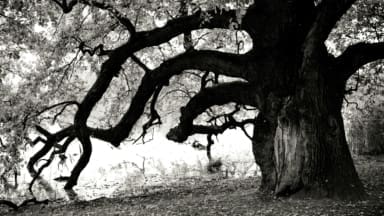
Irreplaceable habitats are habitats which are very difficult (or take a very significant time) to restore, recreate or replace once destroyed, due to age, uniqueness, species diversity and rarity.
Irreplaceable habitats include:
- ancient woodland
- ancient and veteran trees
- blanket bog
- limestone pavements
- coastal sand dunes
- spartina saltmarsh swards
- mediterranean saltmarsh scrub
- lowland fens
BNG cannot be delivered where irreplaceable habitats are lost because they are difficult to recreate and have such a high biodiversity value that it would be impossible to achieve the requirement to increase biodiversity on top of no net loss.
BNG does not change the existing protections and compensation requirements for irreplaceable habitat in planning policy. The national planning policy framework on irreplaceable habitat applies which means that planning permission for development resulting in the loss or deterioration of irreplaceable habitat will only be granted in wholly exceptional circumstances and where a suitable compensation strategy exists.
When working with irreplaceable habitats developers will be required to:
- Consider irreplaceable habitats at the design and planning application stage: impacts on irreplaceable habitats must be minimised and suitable compensation agreed for loss or deterioration of irreplaceable habitats
- Calculate BNG when there are irreplaceable habitats – all irreplaceable habitats on site must be recorded in the BNG metric calculation tool, regardless of whether or not they will be impacted by the proposed development.
- Record irreplaceable habitats in the biodiversity gain plan: provide details (type/condition/expected changes) of the irreplaceable habitats in the biodiversity gain plan for the development.

